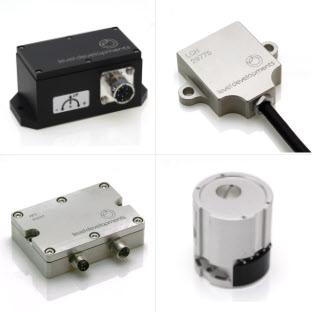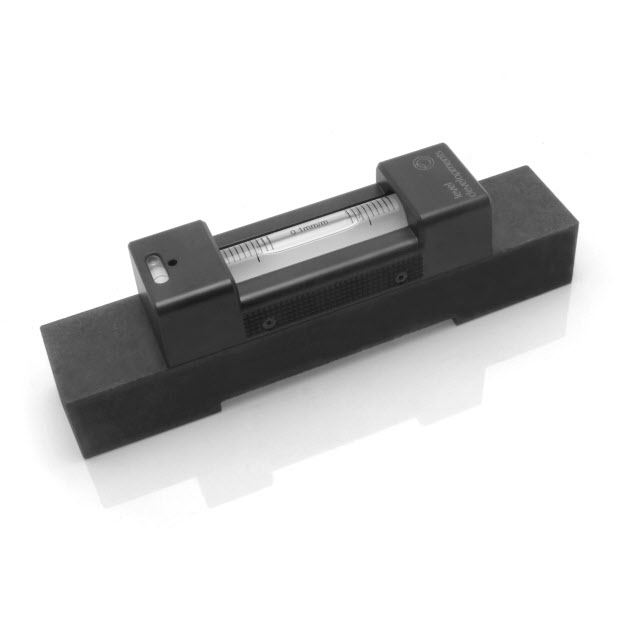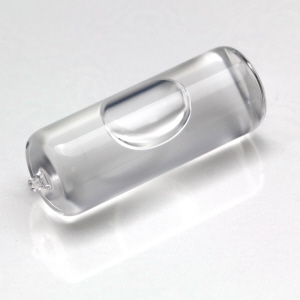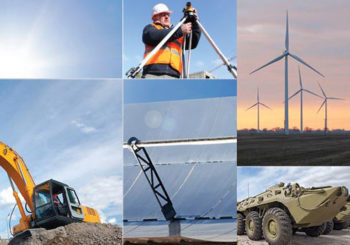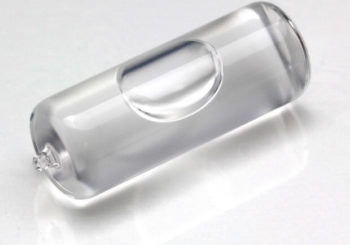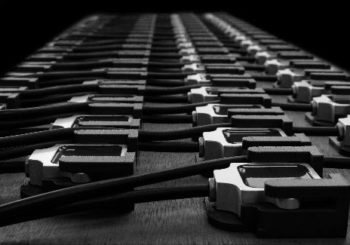Levelling Devices: Glossary of Terms
Levelling sensors and angular-measuring devices contain a variety of specifications to consider when choosing the correct inclinometer, vial or level. At Level Developments, each product is designed, manufactured and tested to meet these specifications so that they are perfectly equipped to be used in range of applications. Below is a list of definitions for these specifications.
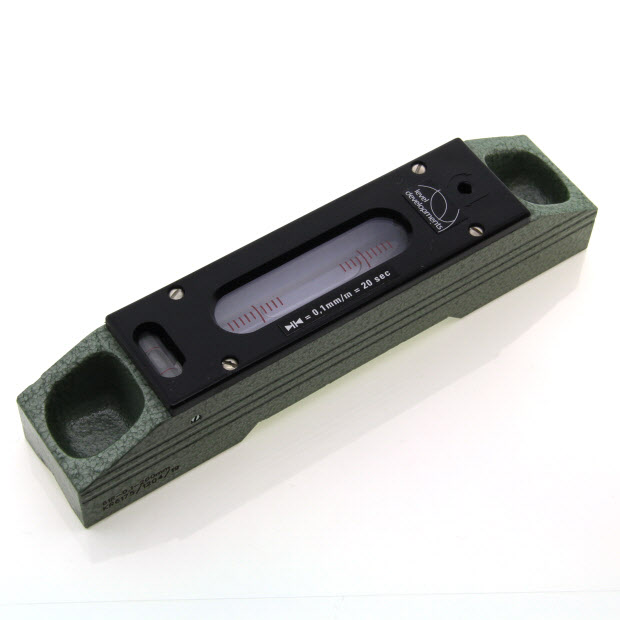
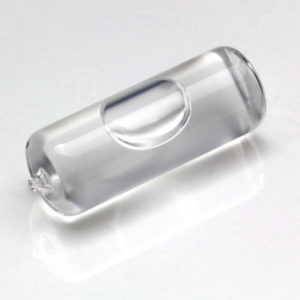
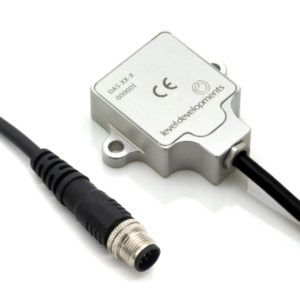
- Accuracy (@20°C): This is the maximum error between the measured and displayed value at any point in the measurement range, when the device is at room temperature (20°C). This value includes all forms of errors including non-linearity and cross axis errors.
- Accuracy -10 to 60°C (without compensation): This is the maximum error between the measured and displayed value at any point in the measurement range at any temperature over the specified temperature range without individual temperature compensation.
- Accuracy -10 to 60°C (with compensation): This is the maximum error between the measured and displayed value at any point in the measurement range at any temperature over the calibrated temperature range with individual temperature compensation.
- Filtering: The suppression of unwanted noise coming from a signal. The filter response of our sensors can be changed based on the specific sensor in question.
- Long Term Stability: Stability depends on environment (temperature, shock, vibration and power supply). The stability is based on being powered continuously in an ideal environment.
- Measuring Range: Defines the calibrated measurement range of an inclinometer sensor. In some of our inclinometer sensors, the direction of measurement can be reversed, and zero position can be reset anywhere in the measurement range. Settings are stored in a non-volatile memory and are therefore remembered after the power is off.
- Mechanical shock: This is the shock survival limit for any MEMS sensor within our inclinometers. We have specifically designed robust inclinometers with high shock limits to compensate for such applications.
- Resolution: Resolution is the smallest measurable change in output on inclinometers and vials.
- Sensitivity: The sensitivity of a level or vial is defined as the change of angle or gradient required to move the bubble by a set distance (usually 2mm). If the vial has graduated divisions then the sensitivity refers to the angle or gradient change required to move the bubble by one of these divisions. More information about sensitivity and conversions between units can be found on our dedicated sensitivity page.
- Sensitivity Drift: During any temperature changes, there is a change in sensitivity of the sensor’s output. The error this causes in the measurement is calculated from the formula: Esd = SD x ∆T x Angle. Esd is the change in output (in degrees) due to sensitivity temperature change; SD is the sensitivity drift specification for the specific device; ∆T is the change is temperature in °C; Angle refers to the current angle of the inclinometer axis in question, in degrees.
- Stabilisation Time: This refers to how long the display takes to show the actual value that the sensor is measuring
- Temperature Errors: The error caused due to changes in temperature. For our products, this usually comes in two sets of specifications, one for un-compensated devices and one for temperature compensated devices (where the accuracy needs to be maintained over a wider temperature range).
- Zero Bias Error: This is the maximum angle from the device when it is placed on a perfectly level surface. The zero bias error can be removed from measurement errors either by mechanical adjustment, or as a fixed offset value after installation, or by using the ‘setzcur’ command to zero the device when connected to a PC.
- Zero Drift: If the device is mounted to a level surface in the zero position, this value is the maximum drift of the output angle per °C change in temperature.
Many of the specifications outlined can be customised to suit customer needs or application requirements. Contact us to discuss any OEM requirements if a standard version is not already available.




